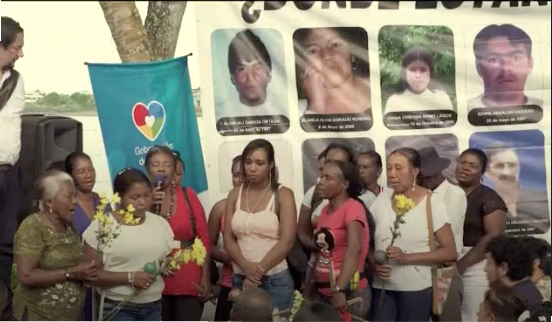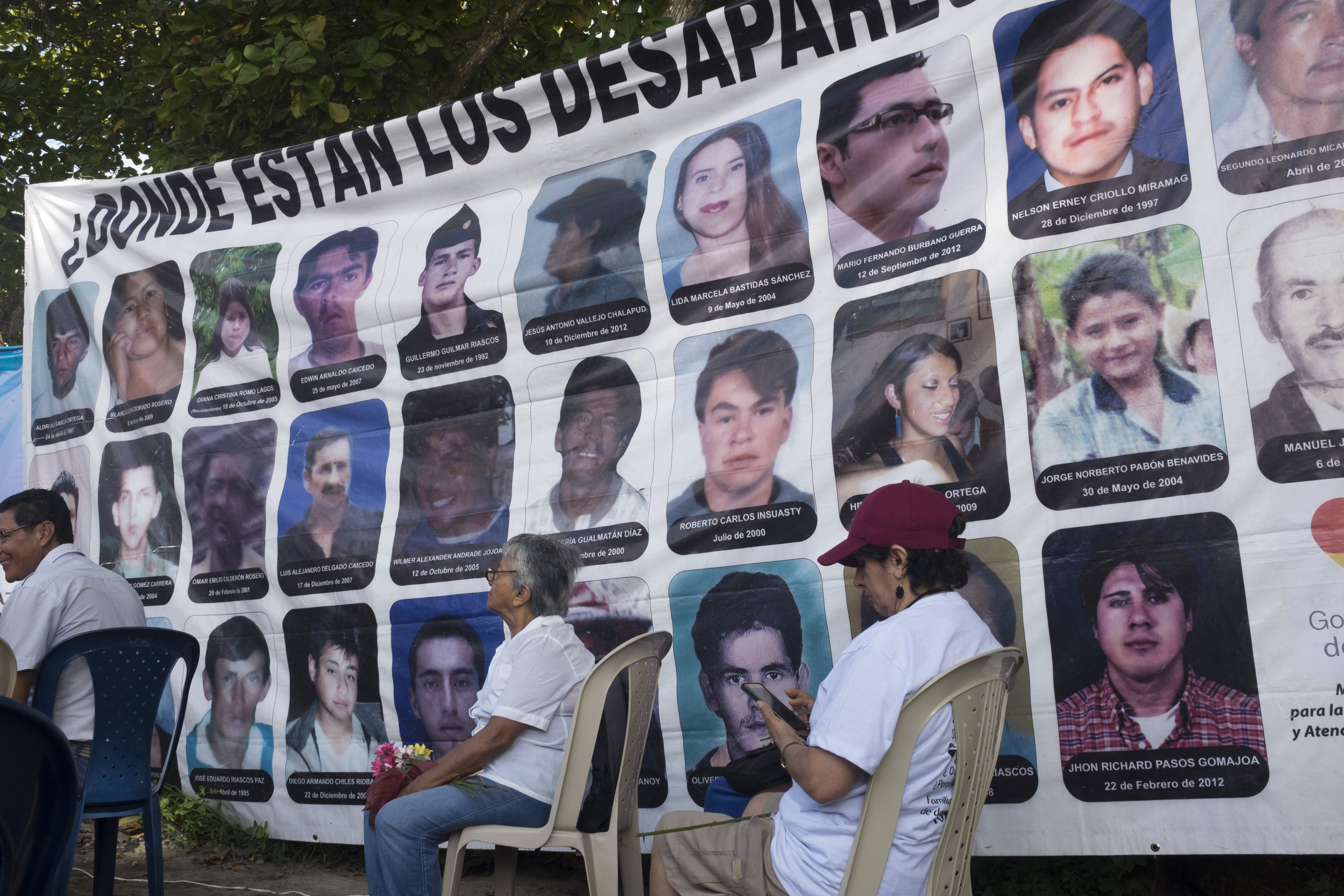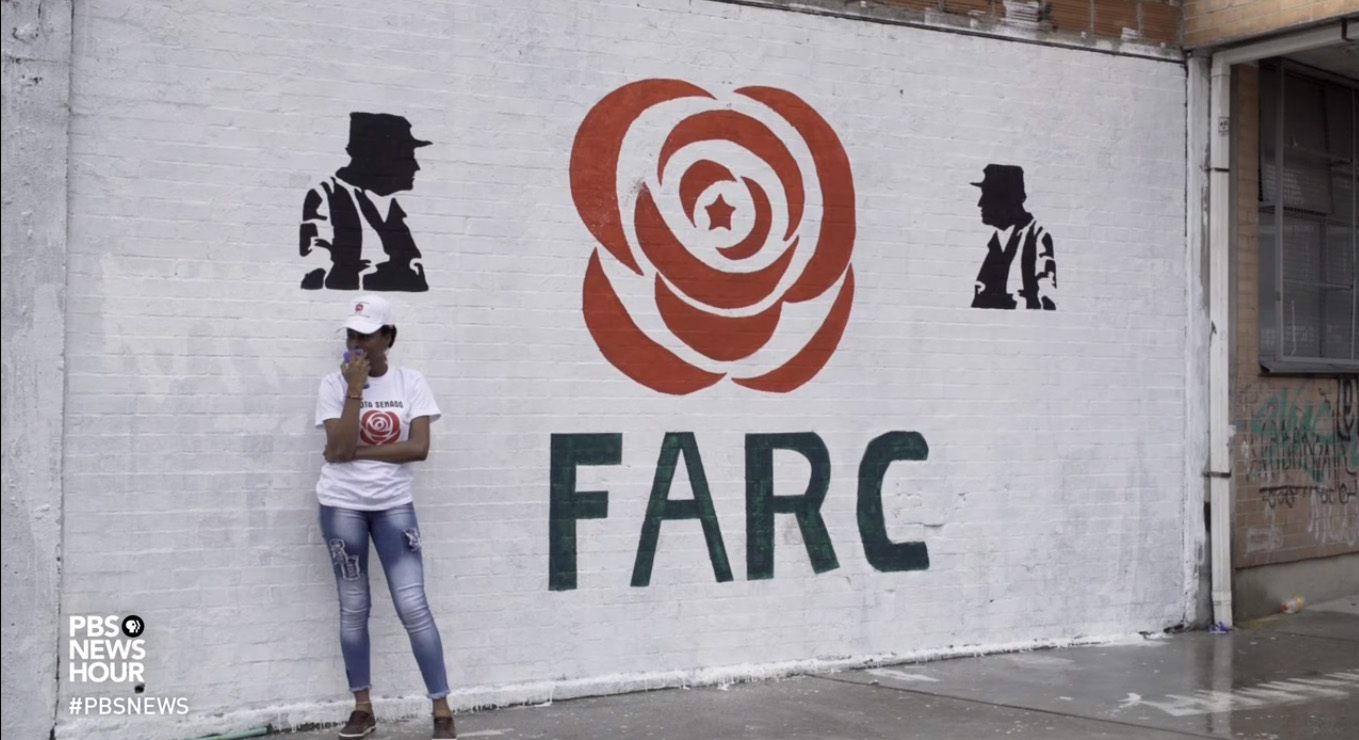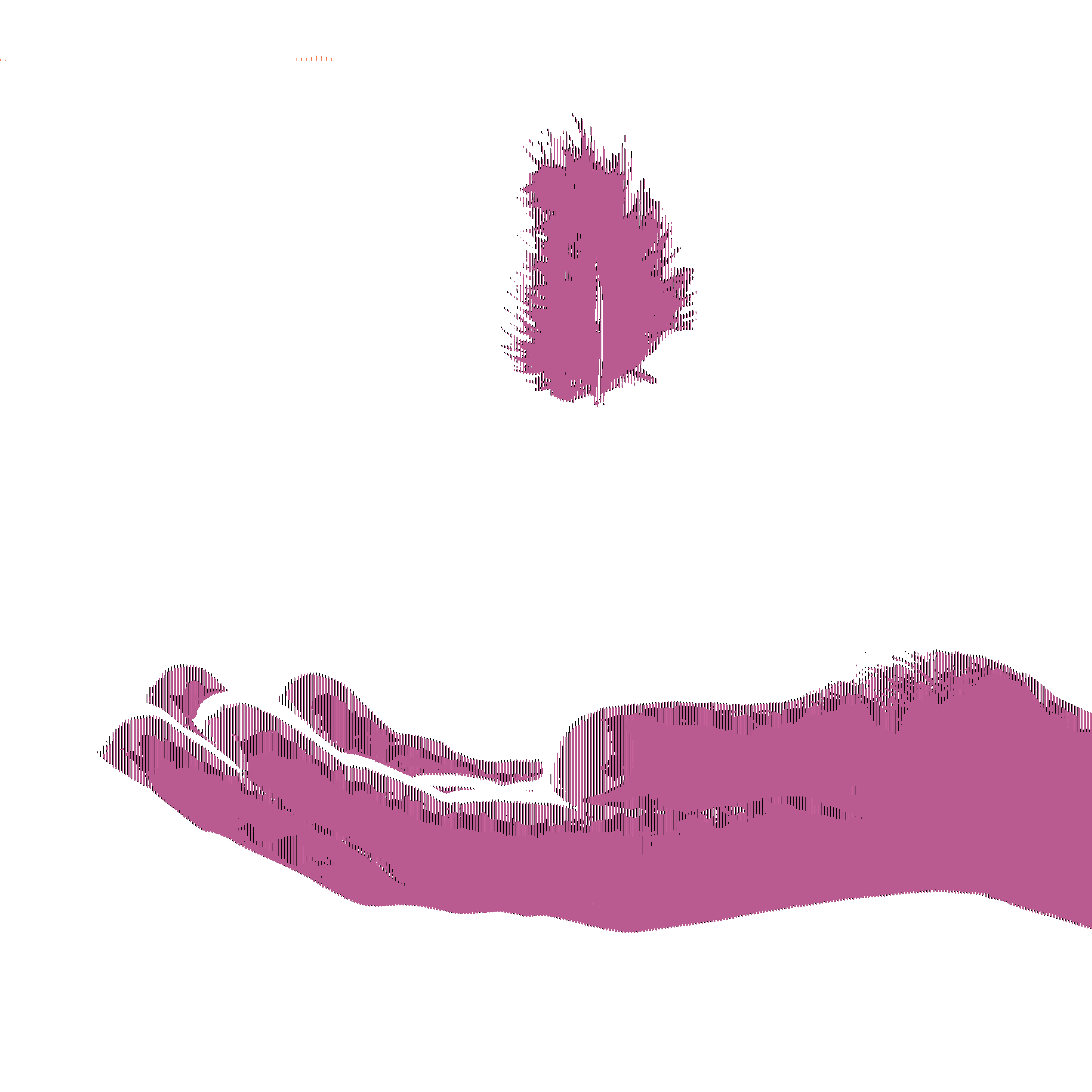
In Colombia, an estimated 83,000 people have been forcibly disappeared since 1958. But peace accords between the government and the FARC, the country's largest guerrilla group, in 2016 mandated that finding the missing was a necessary step toward reconciliation. Special correspondent Nadja Drost reports from Colombia on how loved ones suffering a "never-ending grief" are searching for closure.
Read the Full Transcript
Judy Woodruff:
We usually think of the former dictatorships in Chile and Argentina when we hear about people disappearing in Latin America, civilians forcibly taken by the state, their whereabouts unknown.
But, in Colombia, after five decades of conflict, it is estimated that 83,000 people were disappeared. That is the worst record on the continent.
The 2016 peace deals between the government and Colombia's largest guerrilla group, the FARC, mandated that finding the missing. But the new unit to search for the disappeared is struggling even to begin its job, with the current government cutting support.
Regardless, finding loved ones remains as important as ever for the families of those missing.
With the support of the Pulitzer Center, special correspondent Nadja Drost and videographer Bruno Federico brings us this report.
Nadja Drost:
Julio Marquez's daughter, Lizzeth, was 25 when paramilitary gunmen pulled her out of a taxi. Now missing for 14 years, her father went searching for her body at a farm where he was told she was buried.
We drove past homes the paramilitaries had driven residents from, through lands they had seized, and hamlets where they murdered people and disappeared them, all to terrorize the people and wield control.
Marquez arrived at the farm with a team from Equitas, a forensic organization that helps families of the disappeared find their loved ones. But talking to the farmers, they found Lizzeth may not be the only one.
Jorge (through translator):
Locals says there's a lot of people buried here.
Nadja Drost:
The farm, it turns out, has a disturbing past. This farm is called El Silencio, or The Silence, but screams used to break the silence when it used to be a paramilitary base in the late 1990s. No one knows just how many civilians were brought here, detained, tortured, raped and buried somewhere on this farm.
For years, Marquez was threatened if he dared search for Lizzeth. Two years ago, Marquez came here with an ex-paramilitary fighter who said she was here. Now he tried to retrace their steps.
Julio Marquez (through translator):
He came and said, look for her here, this is where she is. The paramilitary who killed her said he got her naked, used her, and then killed her.
Nadja Drost:
Marquez returned a few days later with a friend and a shovel, but they didn't find anything. It wasn't surprising. Witnesses' memories shift. Terrain changes.
Equitas combines forensic and geo-referencing techniques to probe areas. Drone footage can show changes in topography. Soil mineral content, changes in soil density, or sound waves can help determine where human remains may lie. So can clues about a person's last steps.
Marquez had been told his daughter was tied to trees before she was killed, and he led us to them, now lifeless and bare.
Julio Marquez (through translator):
They had her tied up for four days here, is what I was told, that people walking nearby would hear her asking for water when she sensed people moving by.
Nadja Drost:
Around us, it felt like the bucolic landscape turned sinister, the rolling hills silent witnesses to atrocious crimes, every vale a possible mass grave.
Marquez is certain his daughter is somewhere on this farm, but where?
Julio Marquez (through translator):
There's another thing. Look over at that tree trunk. There were two pits there.
Nadja Drost:
Years ago, the farmers discovered a pit two yards' deep with bottles scattered around, but the earth has since filled it.
Diana Arango (through translator):
The bottles smell of gasoline, so it might have been used for incineration.
Nadja Drost:
For Diana Arango and Zamir Gomez of Equitas, this makes sense.
Zamir Gomez (through translator):
One of the paramilitary's modus operandi was to extract bones and gather skeletal remains them in one spot to incinerate them, to hide them yet again.
Nadja Drost:
The team marks it off so that Equitas can return with a government forensic team to excavate. Marquez will continue to wait for a grave and for answers, like tens of thousands of families across Colombia.
While the paramilitaries disappeared people more than any other group, over the course of 50 years of conflict, all warring factions, leftist guerrilla groups, drug cartels, state security forces, used the tactic.
Those left behind suffer, in the absence of remains and answers, a never-ending grief. In the coastal city of Tumaco, family members of the disappeared gathered, casting their sadness in songs about husbands leaving one morning and never coming back.
Their message to authorities is clear: Look for them.
Carmelita (through translator):
Now they're inventing machines to look for buried treasure in the sea. We're asking, please, for a machine so you can extract human remains from the depths of rivers and lakes.
Nadja Drost:
Many of the families believe the remains of their loved ones may lie nearby in anonymous tombs in Tumaco's main cemetery.
Gravedigger James Colorado points out one tomb after another marked "Unidentified body." But there's also less obvious places where the disappeared may lie, like under this sidewalk.
James Colorado (through translator):
There's thousands of bodies here because, when we arrived here, there was a pile of remains turned to dust. We put them in plastic over here.
Nadja Drost:
Bags of bones, remains that get shuffled around, incomplete cemetery records. The only way for forensic investigators to find where the disappeared are is to excavate graves. That's a mammoth task.
In cemeteries across Colombia, there's an estimated minimum of 20,000 unidentified corpses. Any remains found are brought to state forensic laboratories for analysis and identification. Any personal possessions that family members may recognize are recorded, underwear, a shirt, a belt.
In the last 12 years, the state forensic unit has exhumed 9,000 dead attributed to paramilitaries, but about half remain unidentified, stored on warehouse shelves. Tens of thousands of missing are still waiting to be found, including the son of Maria Quinchia.
We followed one government forensic team led by anthropologist Freddy Ramirez.
Freddy Ramirez (through translator):
Who are you in relation to the deceased?
Maria Quinchia (through translator):
I'm the mother.
Nadja Drost:
Grave sites are often in areas that are remote, littered with land mines, or controlled by armed groups who don't want investigators to unearth their crimes. As a precaution, the military accompanies the mission today.
When Quinchia got information five years ago about where her son, a member of the FARC, was buried, she was too scared to come forward. But now, after the peace deal, and in the absence of FARC rebels, she leads the forensic team to an abandoned schoolhouse atop the community she fled in 2003. A year later, Quinchia learned her 25 year-old son had been killed.
Maria Quinchia (through translator):
It was terrible to get that news. And since I was far away, I couldn't return. It was too dangerous. The violence continued until now, and, look, here we are now. Everything has been lost, but there's peace, like a calm.
Nadja Drost:
In this case, Quinchia had detailed information, and the FARC grave was quickly recognized.
Freddy Ramirez (through translator):
It doesn't matter to us if they were guerrillas or from whatever side. We have to recognize that they are humans.
Nadja Drost:
It doesn't take long to find the first remains.
Maria Quinchia (through translator):
Hello? Yes. We have seen a bone and a boot. They're taking out the bones. We don't know when we're leaving here. Ave Maria.
Nadja Drost:
Even though this exhumation is considered simpler than others, because of the fact that the exact location was known and because the grave is relatively shallow, this is still a monumental undertaking. It took us over six hours of hiking to get here and dusk is falling.
There's few remains, almost nothing left of the cranium, but several teeth. And then Ramirez hits the forensic equivalent of treasure. He asks Quinchia if her son ever had a fracture.
Maria Quinchia (through translator):
Yes, on his right elbow.
Freddy Ramirez (through translator):
He's got an osseointegrated implement. It's a screw. Done. It's him.
Nadja Drost:
It's rare to find such an identifying element that can give certainty to investigators and families. After 14 years, Quinchia will finally be able to bury her son.
Maria Quinchia (through translator):
For me, it's a relief that I know he won't be on a mountain anymore.
Nadja Drost:
The long and arduous day has left the forensics team injured and stranded in the dark on the mountain, and they need to be at a cemetery by morning.
A military chopper takes them away, on to unearth more of their country's truths.
From a mountaintop in Antioquia State, Colombia, reporting with Bruno Federico, I'm Nadja Drost for the "PBS NewsHour."

Education Resource
Meet the Journalist: Nadja Drost
In 2016, the Colombian government signed a peace deal with the country's largest guerrilla group...








